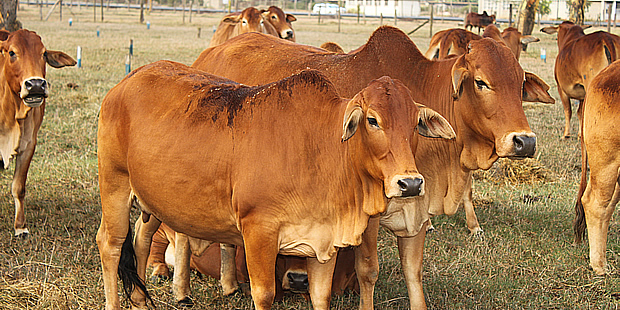
Construction is to start on a Sh3 billion Bar’goni Livestock Pre-Export Quarantine project aimed at boosting exports of live animals and livestock products.
Speaking when he toured the site in Lamu West, Livestock Principal Secretary Hillary Kimutai said money had been released.
The project is expected to be completed before June next year.
It includes building standard disease-control veterinary fences, livestock holding pens with associated gates, livestock housing and feeding troughs equipment, as well as water and electricity connections.
It will also incorporate feed storage housing, mixing machineries, a mini lab, livestock loading and offloading ramps, staff housing and offices among other infrastructure.
“We are now set to commence the project. We want it completed before the end of this financial year,” Mr Kimutai said.
He said the project is crucial for Lamu, where a new port started operations in May this year.
“There is a need to speed up implementation of such infrastructure in this place to enable exportation of animal products through the new Lamu port,” he said.
“This will generally support biosecurity management and promote market access of livestock commodities.”
Besides the project, the government also intends to establish a marshalling yard at the port of Lamu in Mokowe.
It also plans to improve the facilities and associated infrastructure at the Witu Satellite Laboratory in Witu, Mariakani and Garissa.
PS Kimutai encouraged locals, especially those in arid and semi-arid lands, to invest in the livestock sector to help improve their livelihoods.
The project will help open up the area, which is situated in Boni forest, said Lamu County Commissioner Irungu Macharia.
“Bar’goni is a rural village. I believe this project will help not only grow the village to an urban centre but create employment for residents,” he said.
The quarantine facility is necessary as it enables the processing of livestock commodities to attain specifications desired by traders based on the demands of the targeted consumers.
It also helps to ensure commodities meet the required animal health standards as internationally prescribed by complying with certifications and other disease-risk reduction measures.
At the end of the marketing chain, commodities are certified to have been finished at an effectively isolated area from disease-risk sources and certified to have been tested as prescribed by internationally agreed protocols.







